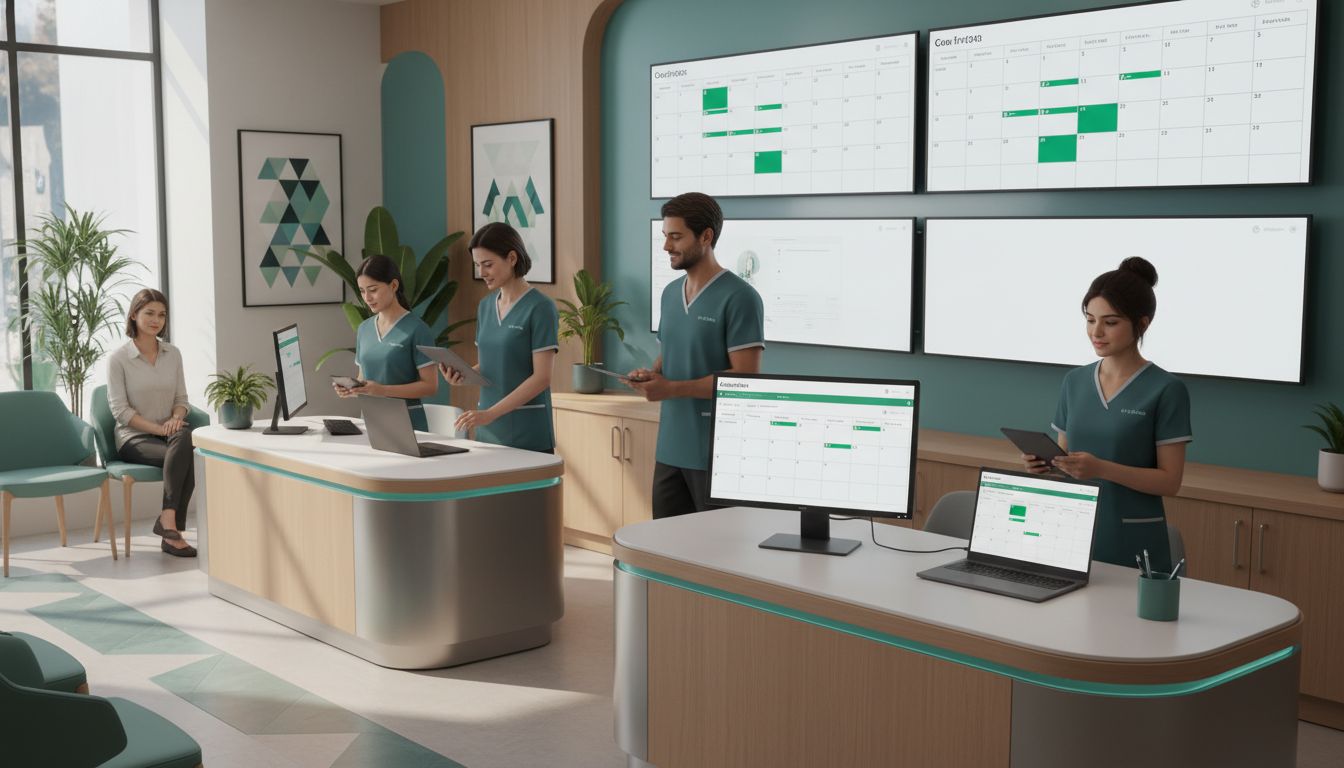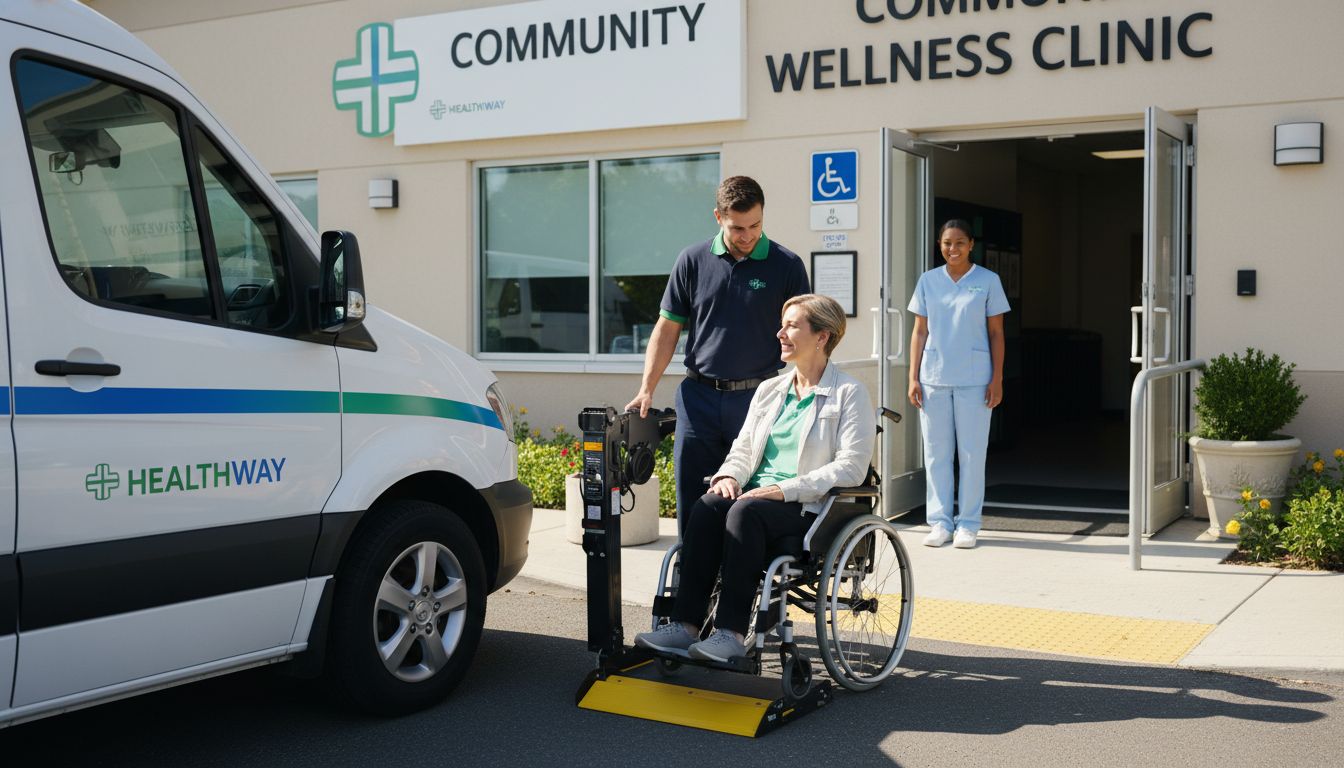Improving Care Transitions: Strategies for Healthcare in 2025
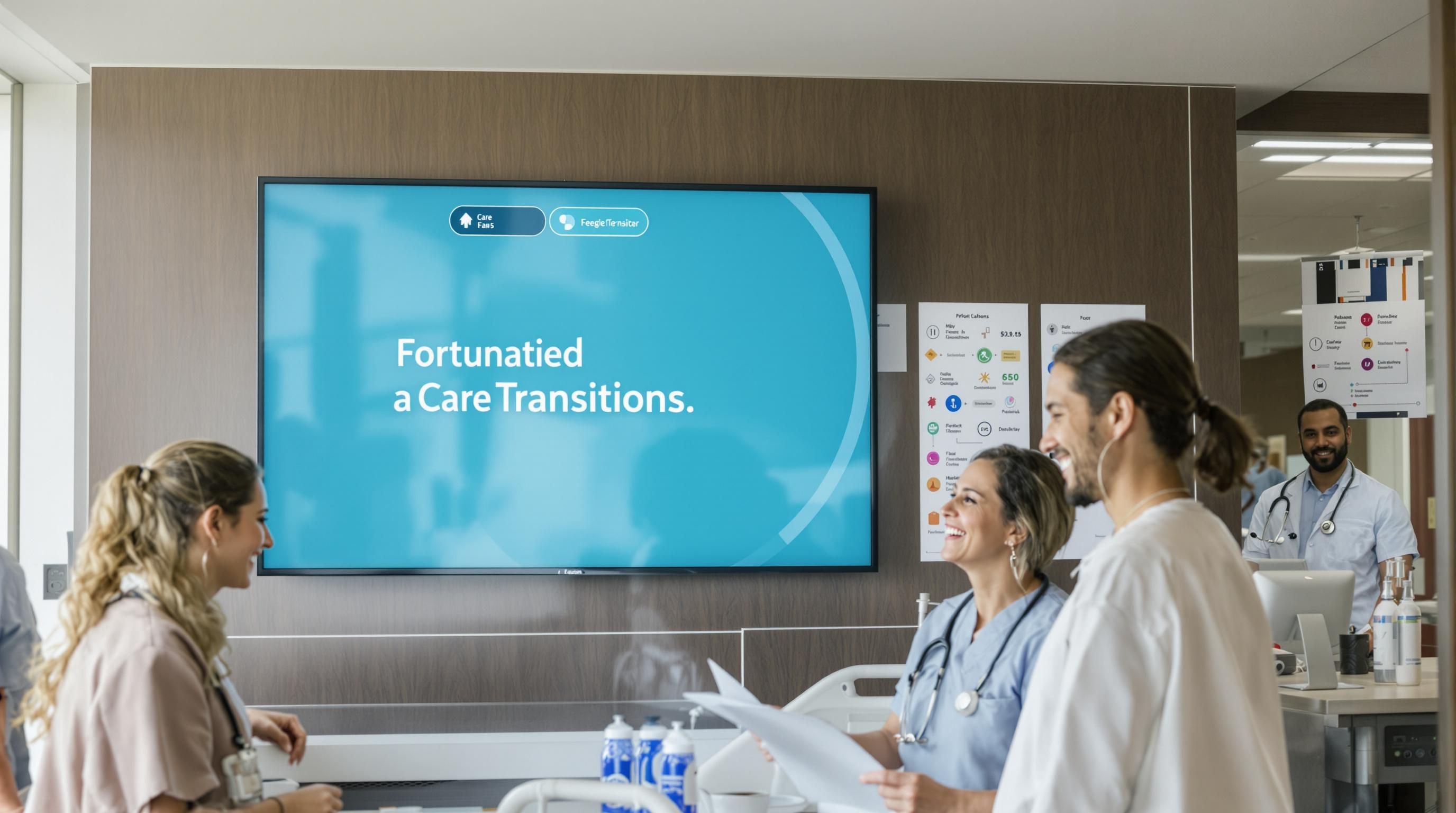
Care transitions are one of the most critical moments in a patient’s journey, shaping everything from recovery speed to safety after discharge. Yet the numbers don’t lie. Structured transitional care programs have been shown to cut hospital readmissions by up to 30 percent within only 30 days. Most hospitals still grapple with outdated communication and disconnected information, which sounds like a recipe for trouble. But the real opportunity for healthcare in 2025 is hidden in unexpected places—like digital tools, AI, and cross-agency teamwork—that promise to turn fractured handoffs into seamless continuity for every patient.
Table of Contents
- Understanding Common Care Transition Challenges
- Best Practices For Coordinated Patient Handoffs
- Tech And Data Solutions For Seamless Transitions
- Collaboration Across Agencies To Improve Outcomes
Quick Summary
| Takeaway | Explanation |
|---|---|
| Enhance Communication Systems | Improve communication among healthcare providers to reduce information gaps. |
| Implement Standardized Handoff Protocols | Use structured tools like I-PASS to minimize handoff errors. |
| Leverage Interoperable Data Platforms | Adopt systems that allow seamless data sharing across healthcare settings. |
| Focus on Medication Reconciliation | Ensure thorough checks on medication during patient transitions to prevent discrepancies. |
| Foster Cross-Agency Collaboration | Collaborate across multiple healthcare sectors for better overall patient outcomes. |
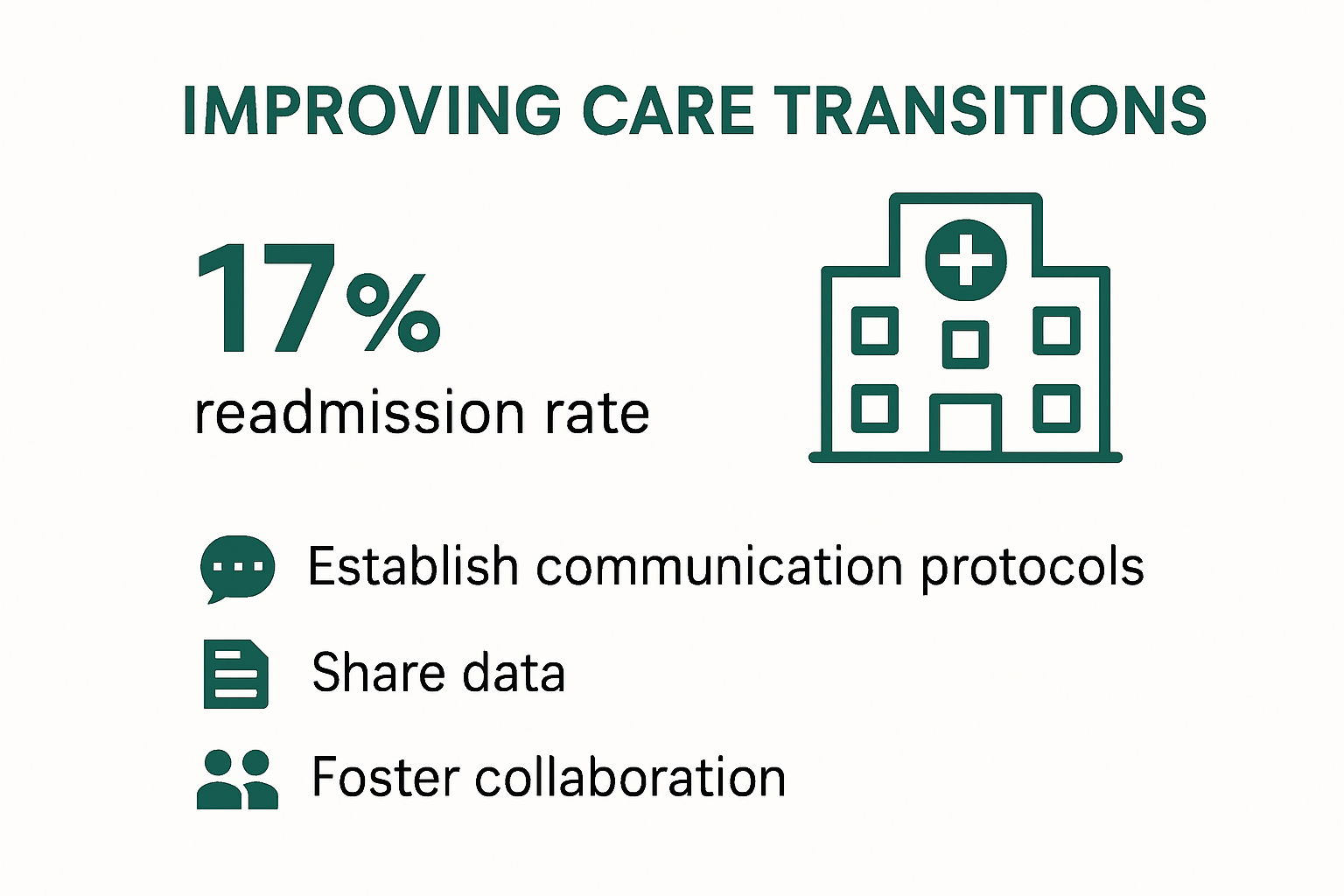
Understanding Common Care Transition Challenges
Care transitions represent a critical yet complex process in healthcare delivery, where patients move between different care settings or providers. These transitions are fraught with potential risks and challenges that can significantly impact patient outcomes and healthcare system efficiency.
Fragmented Communication Systems
One of the most persistent challenges in care transitions is the breakdown of communication between healthcare providers. Research from the Agency for Healthcare Research and Quality reveals that delayed discharge summaries and limited communication among multiple clinicians create substantial gaps in patient care. Hospitals and healthcare systems often struggle with disconnected information systems that prevent seamless sharing of critical patient information.
For instance, when a patient moves from a hospital to a skilled nursing facility or returns home with complex medical needs, critical details about medications, treatment plans, and recent interventions can be lost or miscommunicated. This fragmentation increases the risk of medical errors, readmissions, and potential complications. Healthcare providers must develop more integrated communication strategies that prioritize comprehensive and real-time information exchange.
Complex Patient Population Dynamics
Different patient populations present unique challenges during care transitions. A comprehensive study on pediatric healthcare transitions highlighted the intricate difficulties faced by children with medical complexity when moving from pediatric to adult healthcare systems. These challenges include varied provider approaches, inconsistent documentation in electronic medical records, and significant obstacles in connecting to adult healthcare networks.
Similarly, older adults face even more complex transition challenges. Research investigating transitions for elderly patients identified three primary barriers: limited information access, coordination issues, and significant communication and teamwork deficiencies. These challenges are particularly critical for patients with multiple chronic conditions who require coordinated and comprehensive care management.
Technological and Systemic Barriers
Technological limitations continue to impede effective care transitions. Many healthcare organizations still rely on outdated communication methods, such as fax machines and paper records, which are inherently slow and prone to errors. Electronic health record systems, while promising, often lack true interoperability, creating additional barriers to smooth patient information transfer.
Moreover, the current healthcare system’s fragmented structure means that different providers and care settings operate with minimal standardization. This lack of uniformity creates significant challenges in developing consistent transition protocols. Learn more about our approach to solving communication gaps and understanding the technological solutions needed to address these systemic challenges.
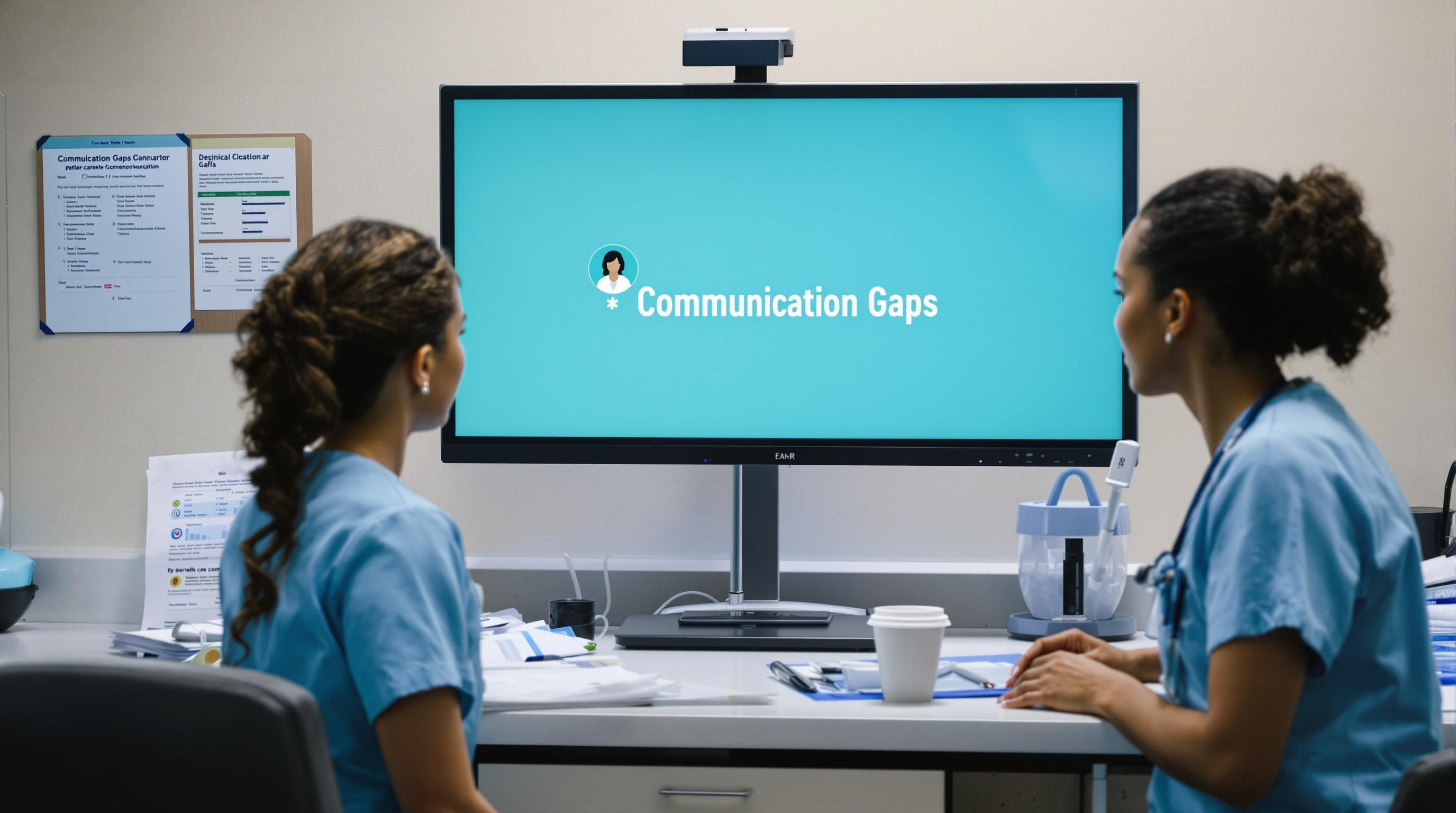
Addressing these care transition challenges requires a multifaceted approach that combines technological innovation, improved communication protocols, and a patient-centered mindset. Healthcare organizations must invest in comprehensive strategies that prioritize seamless information exchange, reduce administrative burdens, and ultimately improve patient outcomes.
Best Practices for Coordinated Patient Handoffs
Coordinated patient handoffs represent a critical moment in healthcare delivery where communication precision can mean the difference between seamless care and potential medical errors. Developing robust strategies for effective patient transfers requires a comprehensive approach that addresses technological, procedural, and interpersonal challenges.
Standardized Communication Protocols
Research from the Eastern Association for the Surgery of Trauma highlights the importance of implementing standardized handoff protocols across various medical settings. Their meta-analysis demonstrates that structured communication methods can significantly reduce handover errors and preventable adverse events. Healthcare organizations must invest in developing consistent, repeatable communication frameworks that ensure critical patient information is accurately transmitted.
One emerging best practice is the implementation of structured handoff tools like I-PASS (Illness severity, Patient summary, Action list, Situation awareness and contingency plans, Synthesis by receiver). A groundbreaking study at The University of Texas MD Anderson Cancer Center showed remarkable improvements in handoff adherence and safety culture scores by integrating such tools directly into electronic health records.
Medication Reconciliation Strategies
Medication management represents a particularly critical component of patient handoffs. The Agency for Healthcare Research and Quality’s MATCH Toolkit provides comprehensive guidance for medication reconciliation during patient transitions. The toolkit emphasizes the crucial process of comparing a patient’s current medication regimen against physician orders during admission, transfer, or discharge to identify potential discrepancies.
Effective medication reconciliation requires a systematic approach that involves multiple healthcare professionals. This includes pharmacists, nurses, and physicians working collaboratively to:
- Verify current medication lists
- Identify potential drug interactions
- Confirm medication dosages and frequencies
- Communicate any changes in medication regimens
Technology-Enabled Handoff Improvements
Advanced technological solutions are transforming patient handoff processes. Learn more about our approach to patient transfer optimization and how digital platforms can streamline communication between healthcare providers.
Modern healthcare organizations are increasingly adopting digital tools that facilitate real-time information exchange. These technologies enable:
- Instant communication between care teams
- Comprehensive patient information sharing
- Automated documentation and tracking
- Reduced manual data entry errors
Successful patient handoffs require a holistic approach that combines structured communication protocols, meticulous medication management, and innovative technological solutions. By prioritizing these elements, healthcare providers can significantly improve patient safety, reduce medical errors, and enhance overall care quality.
The future of patient handoffs lies in continuous improvement, interdisciplinary collaboration, and leveraging technology to create more transparent, efficient, and patient-centered care transitions.
To help visualize the key elements of coordinated patient handoffs, the following table summarizes best practices, their purposes, and examples mentioned in the article.
| Best Practice | Purpose | Example/Tool |
|---|---|---|
| Standardized Communication Protocols | Ensure accurate, repeatable info transfer & reduce errors | I-PASS, EHR-integrated tools |
| Medication Reconciliation | Prevent discrepancies & adverse events during transitions | MATCH Toolkit |
| Technology-Enabled Handoff Improvements | Streamline real-time data-sharing and documentation | Digital platforms, Instant messaging |
Tech and Data Solutions for Seamless Transitions
Technological advancements are revolutionizing care transitions, offering unprecedented opportunities to enhance communication, reduce errors, and improve patient outcomes. As healthcare systems become increasingly complex, innovative digital solutions are emerging as critical tools for streamlining patient care across different settings and providers.
Interoperable Data Exchange Platforms
The Centers for Disease Control and Prevention has outlined critical milestones for 2025 and 2026 focused on developing common standards and legal agreements to facilitate interoperable data exchange. These initiatives aim to break down traditional information silos that have historically impeded seamless patient care transitions.
Interoperable platforms enable real-time information sharing across different healthcare systems, ensuring that patient data moves smoothly between hospitals, clinics, rehabilitation centers, and home care settings. This approach allows healthcare providers to access comprehensive patient histories, recent treatments, medication records, and ongoing care plans instantly, reducing the risk of miscommunication and potential medical errors.
Digital Health Applications for Patient Engagement
The Agency for Healthcare Research and Quality’s Digital Healthcare Research program has been pioneering innovative solutions to improve patient engagement during care transitions. One notable example is the ‘Perioperative Optimization of Senior Health (myPOSH)’ mobile application, specifically designed to assist older adults and their caregivers during complex transitions from hospital to home after major surgical procedures.
These digital health applications offer multiple benefits:
- Personalized care instructions
- Medication tracking and reminders
- Direct communication channels with healthcare providers
- Real-time health monitoring
- Comprehensive recovery guidance
Artificial Intelligence and Predictive Analytics
Artificial intelligence is transforming care transition strategies by enabling predictive analytics that anticipate potential complications and support proactive interventions. Machine learning algorithms can analyze vast amounts of patient data to identify risk factors, predict potential readmission scenarios, and recommend personalized transition protocols.
Learn more about empowering healthcare professionals through technology and understand how these advanced solutions are reshaping patient care management.
AI-driven solutions can help healthcare providers:
- Identify high-risk patients requiring more intensive transition support
- Develop personalized care transition plans
- Optimize resource allocation
- Reduce unnecessary hospital readmissions
The future of care transitions lies in creating intelligent, interconnected healthcare ecosystems that prioritize patient-centered, data-driven approaches. By leveraging advanced technologies, healthcare systems can develop more responsive, efficient, and personalized transition strategies that improve overall patient outcomes and reduce systemic inefficiencies.
As technology continues to evolve, the potential for more seamless, intelligent, and patient-focused care transitions becomes increasingly promising. Healthcare organizations that embrace these innovative solutions will be better positioned to deliver exceptional, comprehensive patient care in an increasingly complex medical landscape.
To highlight and compare the digital tools and technologies discussed in this section, the table below summarizes each solution, its main features, and an example from the article.
| Solution Type | Main Benefits | Example/Program |
|---|---|---|
| Interoperable Data Exchange Platforms | Real-time sharing, breaks info silos | CDC data standards |
| Digital Health Applications | Patient engagement, personalized guidance | myPOSH mobile app |
| Artificial Intelligence & Analytics | Predictive insights, risk identification | Machine learning for readmission prediction |
Collaboration Across Agencies to Improve Outcomes
Effective care transitions demand unprecedented levels of collaboration across diverse healthcare agencies, requiring coordinated efforts that transcend traditional organizational boundaries. By breaking down systemic silos and creating integrated approaches, healthcare providers can significantly improve patient outcomes and operational efficiency.
Cross-Sector Care Coordination Strategies
A systematic review published in JAMA Network Open revealed that structured transitional care interventions can dramatically reduce hospital readmissions. The research highlighted that low and medium-complexity collaborative programs demonstrated significant reductions in hospital readmissions at both 30 and 180 days post-discharge.
Successful cross-sector collaboration requires developing comprehensive communication frameworks that enable seamless information exchange between hospitals, community health centers, rehabilitation facilities, home health services, and social support organizations. These frameworks must address multiple dimensions of patient care, including medical treatment, psychological support, and social determinants of health.
Health Information Exchange and High-Need Patient Identification
The Agency for Healthcare Research and Quality has been instrumental in developing projects focused on implementing personalized cross-sector transitional care management. Their initiatives emphasize using health information exchange platforms to identify high-need patients during critical transition periods, facilitating targeted interventions that can reduce rehospitalizations and acute care needs.
Key strategies for effective health information exchange include:
- Developing standardized data sharing protocols
- Creating secure, interoperable digital platforms
- Establishing clear governance models for data access
- Implementing robust privacy and security measures
- Ensuring real-time information updates across systems
Strategic Alignment of State and Local Systems
The Center for Health Care Strategies has developed a comprehensive framework for aligning state systems to improve health outcomes. This approach emphasizes collaborative change across health, human services, and other critical agencies.
Explore tools to enhance patient outcomes through coordinated platforms and understand how integrated approaches can transform healthcare delivery.
Strategic alignment involves:
- Creating shared performance metrics
- Developing joint training programs
- Establishing cross-agency communication protocols
- Implementing collaborative funding mechanisms
- Designing integrated care pathway models
The future of healthcare lies in recognizing that no single agency or organization can effectively manage patient care in isolation. By fostering a collaborative ecosystem that prioritizes communication, shared goals, and integrated technologies, healthcare systems can create more responsive, efficient, and patient-centered care transition models.
As we move toward 2025, the most successful healthcare organizations will be those that embrace collaboration not as an optional strategy, but as a fundamental approach to delivering comprehensive, high-quality patient care.
Frequently Asked Questions
What are care transitions in healthcare?
Care transitions refer to the process that occurs when patients move between different care settings or providers, impacting their continuity of care and overall health outcomes.
How can structured transitional care programs reduce hospital readmissions?
Structured transitional care programs can reduce hospital readmissions by providing organized handoffs and coordinated care, leading to a reported decrease of up to 30% in readmission rates within 30 days post-discharge.
What role does technology play in improving care transitions?
Technology enhances care transitions by enabling interoperable data exchange, facilitating real-time information sharing, and improving communication among healthcare providers, thereby reducing errors and enhancing patient safety.
Why is cross-agency collaboration important for patient care transitions?
Cross-agency collaboration is crucial as it improves communication among various healthcare sectors, ensuring that patients receive comprehensive and coordinated care during transitions, which ultimately leads to better patient outcomes.
Ready to Transform the Way You Handle Patient Care Transitions?
It is clear from this article that poor communication, disconnected workflows, and manual processes continue to put patient safety at risk during healthcare transitions. If you are struggling with fragmented communication systems, missed handoff details, and delays coordinating transport or home health services, you are not alone. Today, coordination must be faster and smarter. You need digital solutions that unite your teams, automate the routine, and deliver real-time visibility from one care setting to the next.
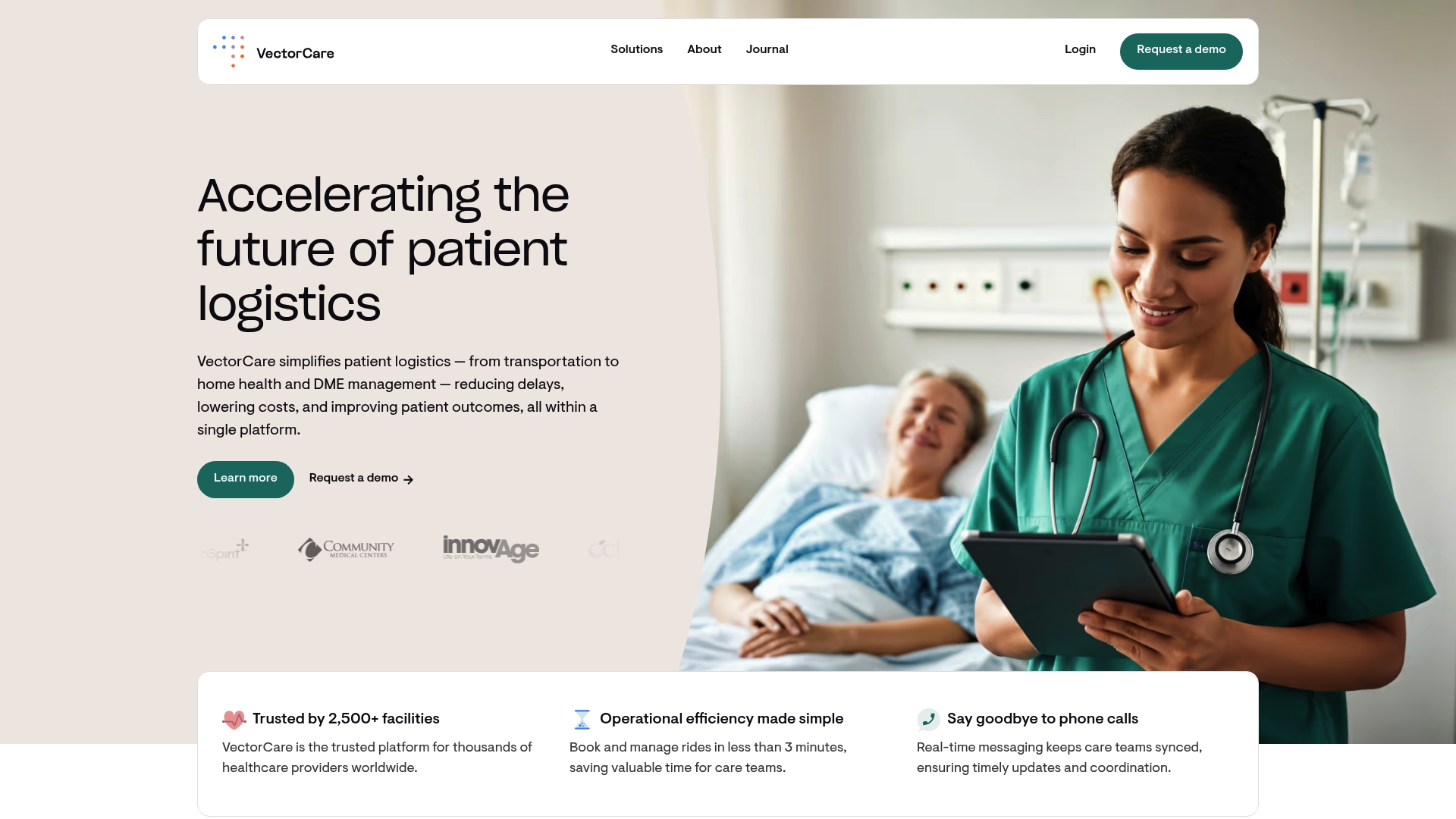
Make your next patient handoff seamless. See how VectorCare empowers hospitals, payers, and care teams with secure real-time communication, smart scheduling, and data-driven insights to help reduce errors and cut administration time. Discover the tools that optimize patient turnaround and logistics or learn more about our solutions for bridging communication gaps. Visit VectorCare now and bring coordination and confidence to every transition.
Recommended
- Becker’s Healthcare Report: How VectorCare Solves Communication Gaps in Patient Transfers – VectorCare
- Patient Flow Barriers: Impact to Hospital Efficiency and Patient Outcomes – VectorCare
- 2020 Healthcare Recap & Upcoming Care Trends – VectorCare
- How Coordinated Platforms Can Unite Private and Public Interests to Support Community Care – VectorCare
